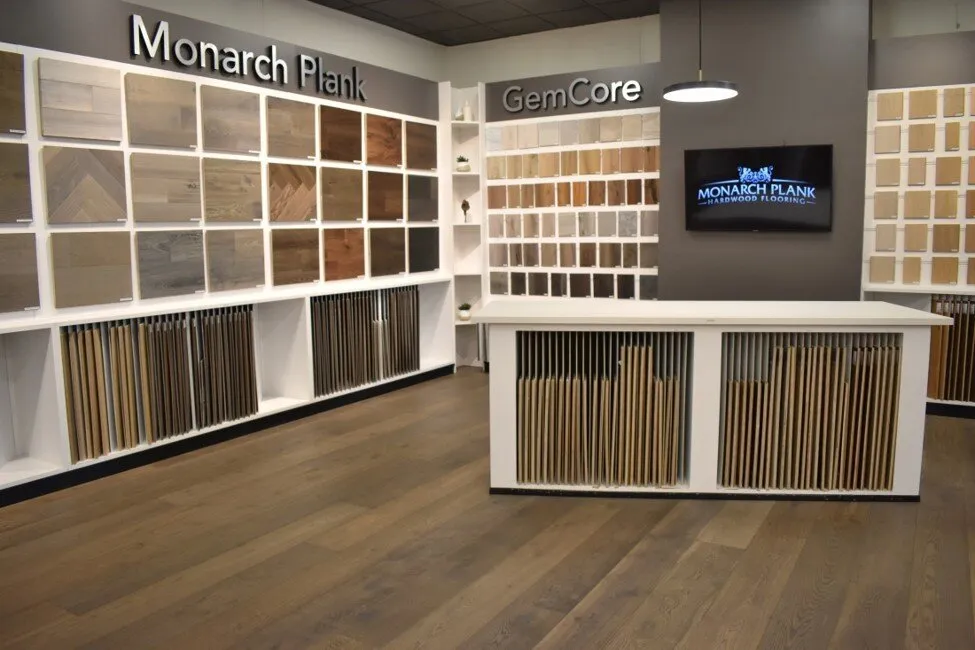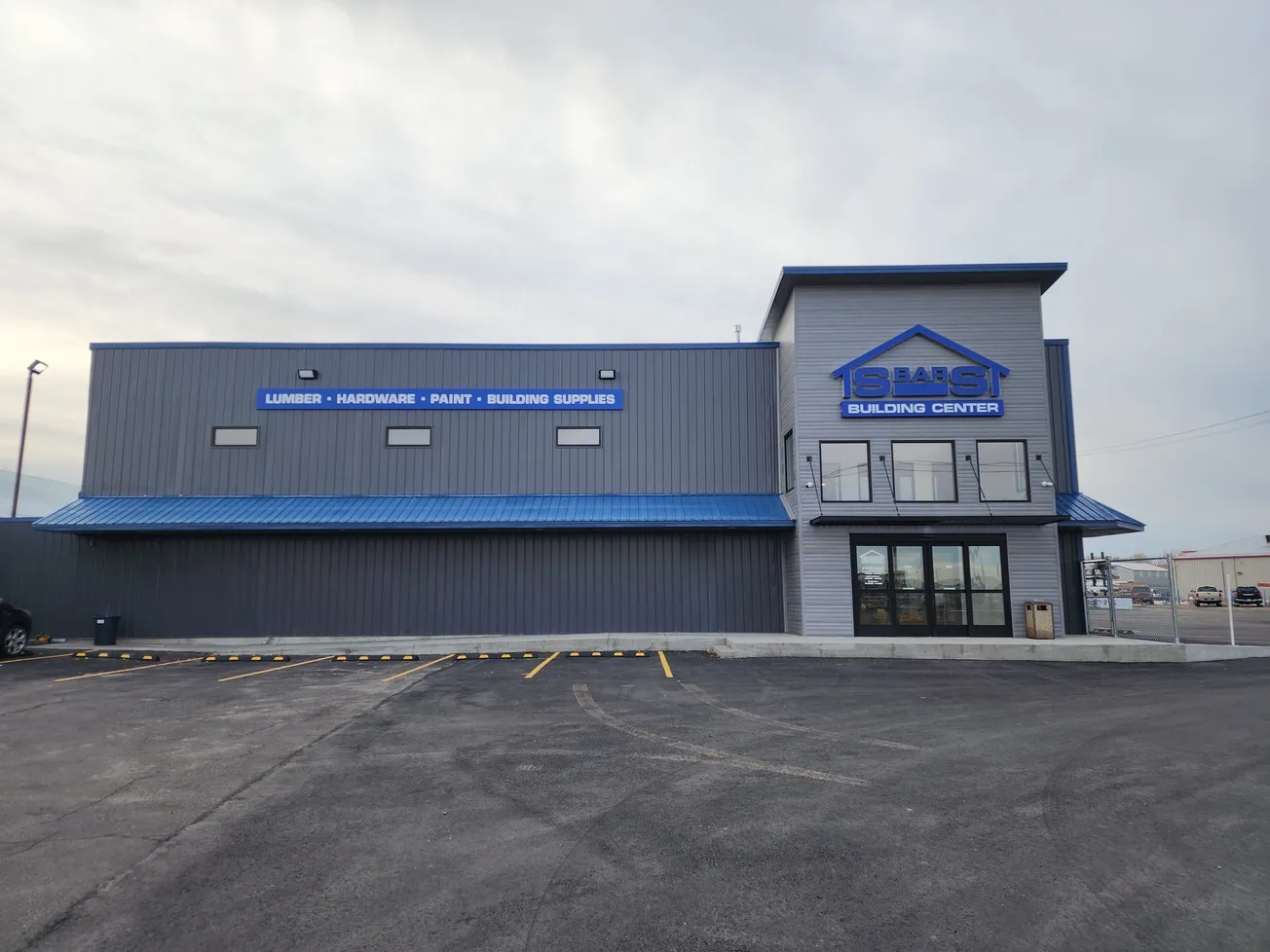Table of Contents
Decks, patios and porches have long been popular for relaxing and entertaining guests, but today’s homeowners are increasingly requesting spaces that are even more functional—outdoor rooms. To meet these needs, design professionals and builders are relying on products, such as cypress, that offer good looks, durable performance, and versatility for indoor and outdoor use.
Tripp Josey of Josey Lumber Co., Scotland Neck, N.C., says cypress is an ideal wood to use outside thanks to its inherent properties.
“Cypress is a naturally durable wood,” Josey says. “Unlike some other species that are common for exterior uses, cypress doesn’t need to be pressure treated to withstand the elements, and it also repels insects like termites and carpenter bees that tend to feed on or nest in other wood.”
These qualities have made cypress a trusted building product for long-wearing exterior uses, like siding and soffit, but more recently, it has been gaining popularity for other applications ranging from pergolas and verandas to ceilings, flooring, and cabinetry.
“Our cypress business has steadily increased all year,” Tuck adds. “As always, cypress siding has been popular, but we’ve noticed an uptick in demand for bevel and channel rustic patterns with a bandsawn face, as well as a moderate increase in board-and-batten patterns. However, the largest influx of business has been in timbers for exterior post-and-beam construction in outdoor living spaces. There’s also been significant demand for 2×6, tongue-and-groove patterns that are being used for porch ceilings.”
“In our area,” says Hal Mitchell of Atlanta Hardwood Corp., Mableton, Ga., “cypress is proving to be an excellent and affordable alternative to western red cedar and southern yellow pine. Select grade cypress has been in particularly high demand this year. It offers unique beauty and consistent color that are well suited for interior architectural elements. And given cypress’ natural durability, it also provides piece of mind to use it for those same design details in outdoor rooms.”
Nancy Moore of The Porch Co., Nashville, Tn., agrees and says her clients prefer outdoor living spaces that flow from the inside to the outside. “I like to use cypress in spaces that are exposed to the elements. From my experience, it holds up well to blowing rain that may come in. I love its character, authenticity, longevity and the fact that it is a renewable resource.
“We typically use tongue-and-groove cypress for our porch floors because it makes the space feel like another room of the house—a room that just happens to have walls that breathe.”
Rod Richardson of Associated Construction Group, Gonzales, La., relies on cypress to create cabinetry for outdoor kitchens—and for good reasons. “It offers value, appearance, and performance that lasts,” Richardson says. “In my 20 years of building outdoor kitchens with cypress, I haven’t had a call back.
“There are many building materials available, but one has stood the test of time and that’s wood. It offers appearance, feel and even smell that you can’t recreate with man-made products. And when I show customers different cabinet materials—even different woods—they usually lean toward cypress.”









